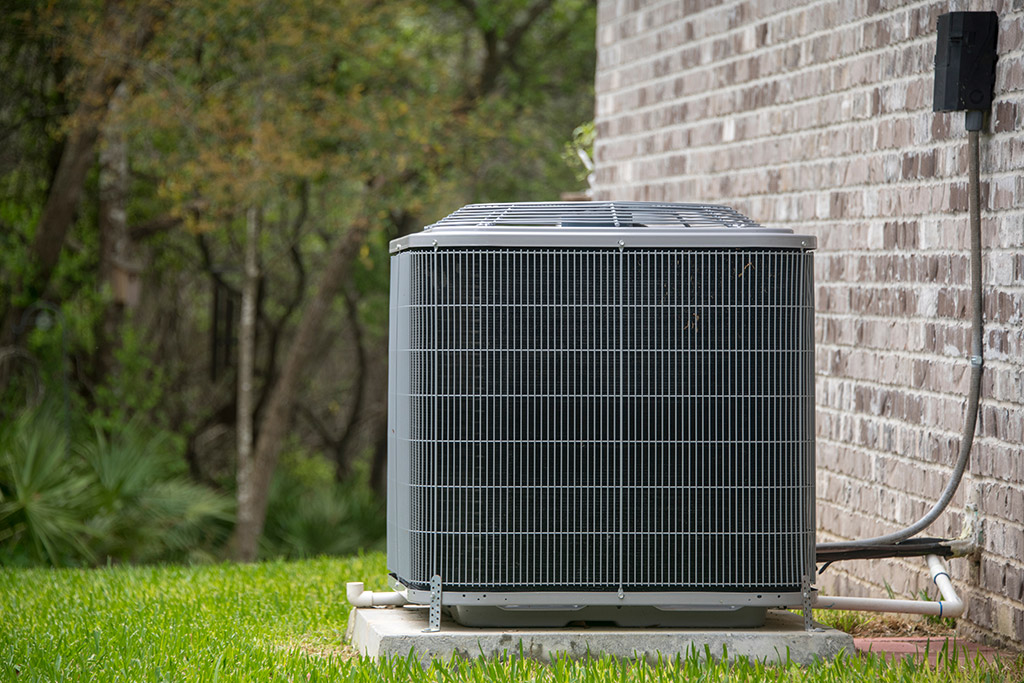
Types of HVAC Systems | Heating and AC Installation in Plano, TX
On the search for a heating and cooling system for your home? You must have already talked to a company that offers heating and air conditioner installation in Plano, TX, and must have taken their advice. If you haven’t, do it before you make a purchase. For right now, we’ll quickly take you through the main types of HVAC systems that are available in Plano, TX.
Single and multi-stage heating
Should you go for single or multi stage heating and air conditioner installation in Plano, TX? Single stage heating and air conditioning is a popular choice in areas where the winters are too cold, or the summers are too hot and arid. These systems regulate temperature and make your home more comfortable. But obviously, there are some cons involved. For instance, these units operate at full capacity most of time, so that means you may end up paying bigger electric bills. And this is why you may want to consider a multi stage heating and air conditioner installation in Plano, TX that maintains temperatures within a certain range.
A single stage unit features variable fan speeds which cause variations in air flow. However, there are certain limitations, so practically, you may not feel a lot of difference, because the unit still operates at full capacity.
Zoned Systems
A zoned heating and air conditioner installation in Plano, TX is based on zone valves control that regulates temperatures in individual areas. The valves or dampers are located inside the ductwork or vents, and block air flow. Such an HVAC system helps save energy because you heat or cool areas, only when there is a need. Ultimately, your bills drop as well.
Humidity Control
Humidifiers and dehumidifiers are add-ons to the basic heating and air conditioner installation in Plano, TX. But consider them a must-have if you live in an area where the climate is too dry or too humid. Generally, 50% relative humidity is regarded to be optimal, and if the values in your area deviate too much, then you should consider getting humidifiers and dehumidifiers when opting for heating and air conditioner installation in Plano, TX.
A humidity control system regulates humidity levels inside your house when you operate the HVAC system on. If you turn off the HVAC system, the humidity system would also not work, until you have a separate one.
One point too notes: you cannot consider humidifiers and dehumidifiers if your chosen heating and air conditioner installation in Plano, TX features forced water heating and boilers.
Heating Systems
A modern heating system can have an efficiency value of over 95%. Furnaces pass heated air through a duct network, and propane or natural gas for fuel. Air can be heated through a number of means such as boilers, electric heat or even heat pumps. Boilers use oil or gas as fuel.
When buying heating systems, consider units that are Energy Star certified. This is because their efficiency is relatively higher. For the same reason, you should consider a sealed combustion unit that directly passes the outside air to the burner and ejects cold air outside. These systems are not only energy efficient, but also do not pose risks of combustion.
Electric furnaces have efficiency values between 95% and 100%, but they are usually not an economical option. Instead, you may want to use electric heat pumps when considering heating and air conditioner installation in Plano, TX. A heat pump can also be integrated with a furnace so that it uses fuel in lower quantities.
Radiant floors are another heating system which are based on a piping network under the floor. Heated water or another solution is passed through these tubes, which then provides this heat to the floor above. Generally, these systems are efficient, but require a heat pump or boiler. Concrete floors are a preferable choice because it can retain heat for longer periods.
Cooling Systems
An air conditioning system is available in many types and sizes. Which one of these should you go for when considering heating and air conditioner installation in Plano, TX? It depends on your existing systems and the local climate. Talk to a company that offers heating and air conditioner installation in Plano, TX, and they will help you out.
If you live in a warm region, then you should go for a central heating and air conditioner installation in Plano, TX, whereas if you live in a relatively cooler region, then even a window AC might serve the purpose provided you use it for only some months in the year. Ductless mini splits are a third option, which are installed partially inside and partially outside the house.
The three main components of an air conditioning unit are the condenser, evaporator and the compressor. The condenser and compressor are installed outside, whereas the evaporator is installed inside.
Evaporative coolers, also referred to as swamp coolers, cool the outside air by forcing it to pass across water saturated pads. Water evaporates in the air, turns cooler, and is then passed into the home. On the other hand, warm air is pushed outside through the windows. Room air conditioners are another choice, if you only want to cool selected areas in your home.
Considering efficiency, anything between 13 and 16 is usually good – greater values imply greater upfront costs. For those of you living in a hot and dry area, consider the Energy Efficiency Rating or EER as well, which measures performance of the system at peak conditions. Obviously, your chosen unit should be energy star rated.
Regardless of the cooling system that you choose, size is still an important consideration. Bigger units may not always be better if cooling is non-uniform. Generally, smaller units operate more efficiently. As a rule of the thumb, an AC unit requires 20 BTU for an area of one square foot.
Not sure which is the best option in your case? Talk to K&S Heating and Air that offers heating and air conditioner installation in Plano, TX, they will help you out with all of your AC needs!
